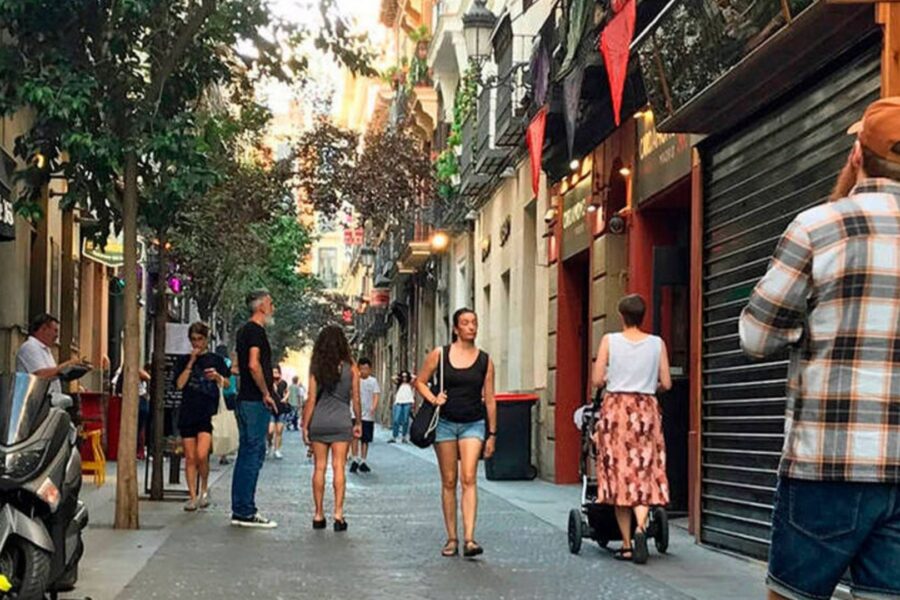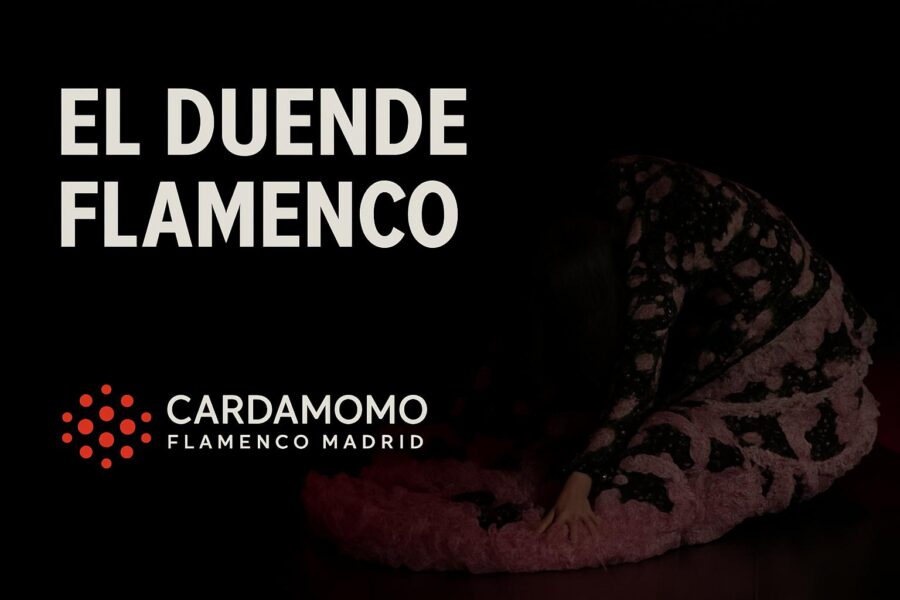Necesarias
Las cookies estrictamente necesarias son aquellas que permiten al usuario la navegación a través de una página web, plataforma o aplicación y la utilización de las diferentes opciones o servicios que en ella existan.
Nombre
rmbid
Dominio
cardamomo.com
Vencimiento
1 mes
Descripción
Nombre
__Secure-ROLLOUT_TOKEN
Dominio
cardamomo.com
Vencimiento
1 mes
Descripción
Nombre
cmm_journey
Dominio
cardamomo.com
Vencimiento
Sesión
Descripción
Nombre
VISITOR_PRIVACY_METADATA
Dominio
youtube.com
Vencimiento
6 meses
Descripción
Esta cookie se utiliza para almacenar el consentimiento del usuario y las opciones de privacidad para su interacción con el sitio. Registra datos sobre el consentimiento del visitante en relación con diversas políticas y configuraciones de privacidad, garantizando que sus preferencias se respeten en futuras sesiones.
Nombre
zfccn
Dominio
pagesense-collect.zoho.eu
Vencimiento
Sesión
Descripción
This cookie is used to ensure the secure submission of forms on the website, enhancing security and user experience by preventing CSRF (Cross-Site Request Forgery) attacks.
Nombre
qtrans_front_language
Dominio
cardamomo.com
Vencimiento
1 año
Descripción
Esta cookie se utiliza para recordar la preferencia de idioma elegida por el usuario para proporcionar una experiencia personalizada mostrando el sitio web en el idioma seleccionado en futuras visitas.
Rendimiento
Las cookies de rendimiento se utilizan para ver cómo los visitantes utilizan el sitio web. Por ejemplo: cookies analíticas. Este tipo de cookies no se pueden utilizar para identificar directamente a un determinado visitante.
Nombre
_ga
Dominio
cardamomo.com
Vencimiento
1 año y 1 mes
Descripción
Este nombre de cookie está asociado a Google Universal Analytics, que es una actualización significativa del servicio de análisis más utilizado de Google. Esta cookie se utiliza para distinguir usuarios únicos mediante la asignación de un número generado aleatoriamente como identificador de cliente. Se incluye en cada solicitud de página de un sitio y se utiliza para calcular los datos de visitantes, sesiones y campañas para los informes analíticos de los sitios.
Nombre
_ga_0Q9MSCWHW3
Dominio
cardamomo.com
Vencimiento
1 año y 1 mes
Descripción
Esta cookie es utilizada por Google Analytics para mantener el estado de la sesión.
Nombre
zps-tgr-dts
Dominio
cardamomo.com
Vencimiento
1 año
Descripción
Esta cookie se utiliza para rastrear e informar sobre las interacciones del usuario en el sitio web, como las páginas visitadas o la forma en que el usuario navega por el sitio. Esta información se utiliza para mejorar la experiencia del usuario y optimizar el rendimiento del sitio web.
Segmentación
Las cookies de segmentación se utilizan para identificar a los visitantes entre diferentes sitios web. Por ejemplo: socios de contenido, redes de banners. Las empresas pueden utilizar esas cookies para crear un perfil de los intereses de los visitantes o mostrar anuncios relevantes en otros sitios web.
Nombre
VISITOR_INFO1_LIVE
Dominio
youtube.com
Vencimiento
6 meses
Descripción
Youtube instala esta cookie para hacer un seguimiento de las preferencias del usuario en relación con los vídeos de Youtube incrustados en sitios web; también puede determinar si el visitante del sitio web está utilizando la versión nueva o antigua de la interfaz de Youtube.
Nombre
YSC
Dominio
youtube.com
Vencimiento
Descripción
Esta cookie la instala YouTube para hacer un seguimiento de las visualizaciones de los vídeos incrustados.
Nombre
_gcl_au
Dominio
cardamomo.com
Vencimiento
3 meses
Descripción
Utilizado por Google AdSense para experimentar con la eficacia de los anuncios en los sitios web que utilizan sus servicios.







